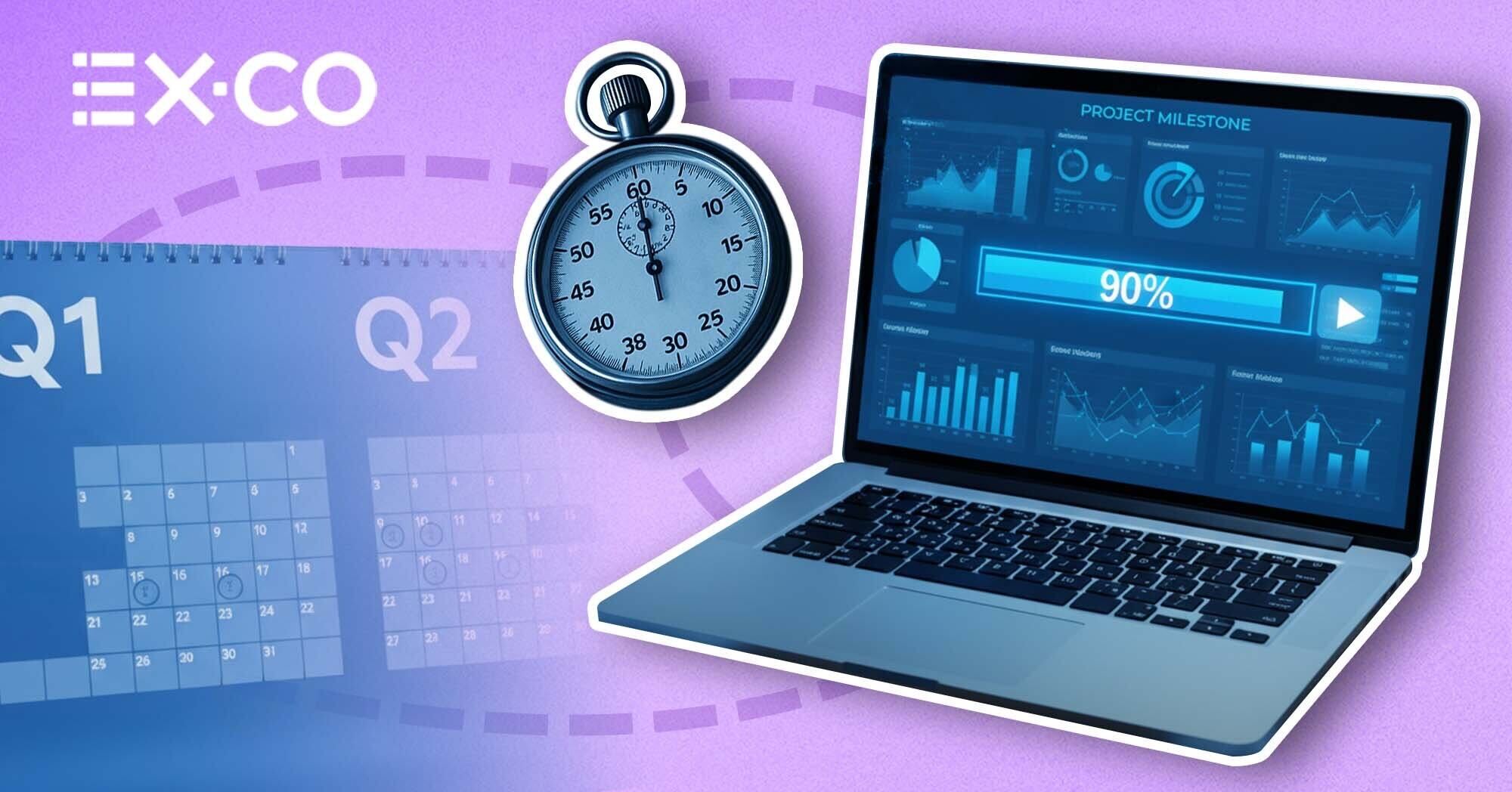Many publishing teams dive into video vendor tests with the best intentions. But what begins as a data-driven evaluation often turns into a stalled quarter of chasing metrics and debating what “good” even means. Three months later, they still haven’t found a suitable online video platform (OVP) and are wondering where the time—and the revenue—went.
If you’ve been there, you know the pain, and the frustrating realization that the key isn’t just to test faster—it’s to test smarter. This post breaks down how to run a video vendor evaluation that’s rigorous without dragging on, helping you choose the right partner to advance your publisher video monetization goals. Ready to make your next test count? Here’s how to set it up right.
Step 1: Know what you’re solving for
Too many video vendor tests start with the wrong question: “Which platform will make us the most money?” That’s like buying a car just for the sticker price… without checking if it has all the safety features, fuel efficiency, or horsepower you need.
Before you test, define your pain points. Are you struggling with slow playback, clunky workflows, poor reporting, or unreliable ad connections? Knowing exactly what problem you’re trying to solve is key to understanding how to choose a video platform—it keeps your evaluation focused and helps you scope the test realistically.
Think of this as a mini yield optimization platform: a tightly focused experiment built to fix what matters, not to chase every shiny feature a vendor throws at you. Set your goals and constraints before touching a line of code or running a trial—it’s the single biggest time-saver in OVP testing.
Step 2: Ask smarter questions up front
Before you launch a vendor evaluation or test video players, skip the flashy sales decks and get straight to substance. The smartest assessments begin with questions that reveal more than polished demos, but real capabilities.
Ask things like:
- “What percentage of your clients renew after Year 1?”
- “How do you handle fill when demand partners fail?”
- “What’s the net revenue impact after your fees?”
A quick discovery call or focused checklist with top vendors is far more effective than a long, drawn-out RFP. And as you size up prospective vendors, watch for red flags: vague answers, “trust us” language, or hesitation to share performance metrics.
Asking sharp questions early helps you narrow the field, avoid unproductive tests, and focus your time on providers who can actually deliver results.
Step 3: Test for what matters—not everything
Once you’ve narrowed your list to the most promising vendors, resist the urge to test every feature under the sun. A strong evaluation targets the metrics that actually drive your business.
Start by aligning your performance goals with your top pain points. If revenue is the target, look at fill rate, effective RPM, and ad viewability. If user experience is the issue, track playback speed, buffering rate, and engagement. Keep your scope tight: a focused test with clear goals beats a sprawling one with endless data you’ll never use.
With your key metrics locked in, it’s time to level the playing field. Make sure player configurations, SSP connections, and ad refresh rates are identical across vendors. This ensures a fair, apples-to-apples comparison while minimizing variables that could skew results or give a misleading picture of performance.
To put it simply: measure what matters, get actionable results. A disciplined, purpose-built test gives you the data you need to make a confident decision, without burning another quarter chasing noise.
Step 4: Beware of the “too good to be true” phase
Early results can be deceiving. Some vendors push aggressive ad calls—asking for more ads than your site can realistically handle—to inflate short-term revenue numbers. Others use temporary optimizations, like extra pre-rolls or shorter ad refresh cycles, that spike metrics in the short term but won’t hold up in normal traffic.
Keep an eye on anomalies that signal something is off: slower page or video load times, sudden dips in visitors or engagement, or users abandoning your content. These are often signs that early gains aren’t sustainable.
And before declaring a winner, give performance data time to stabilize. A disciplined test that measures consistent, real-world results will prevent chasing false positives and help you pick a vendor that truly advances your video strategy.Step
5: Look beyond the dashboard
Revenue numbers tell part of the story, but they don’t capture everything that drives results. When assessing vendors, consider support responsiveness, the product roadmap, and how user-friendly the platform is for your team. A solution that’s hard to navigate or unresponsive when your team needs help can drag down performance even if the metrics look good.
For your evaluation, don’t rely solely on revenue teams or ad ops; include editorial, product, and operations teams. Their firsthand experience with uploading content, troubleshooting issues, or integrating ad partners can reveal friction points dashboards can’t measure.
The best vendors don’t just deliver short-term revenue boosts—they make your next quarter easier, more predictable, and more scalable. That’s the kind of partner worth choosing.
Smarter vetting, faster wins
Efficiently finding the right video technology for publishers isn’t about rushing; it’s about clarity up front—defining goals, asking the right questions, focusing the test on what truly matters, monitoring results carefully, and considering the full picture. When approached this way, OVP testing becomes a strategic tool that saves time, prevents missteps, and positions teams to grow revenue in the months ahead.
Ready to make your next test count? Download EX.CO’s OVP Testing Toolkit for templates, metrics, and sample questions to ensure your next quarter drives real results.

